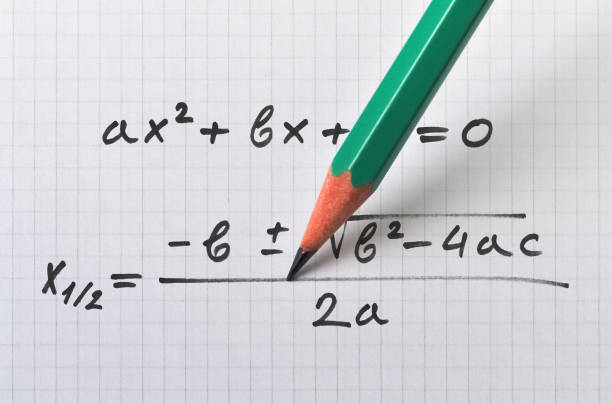Welcome to our Solving Quadratics with Style guide: Mastering the Square Techniques. This document will dive deeper into solving quadratic equations using various square techniques.
Quadratic equations are polynomial equations of degree 2, which means they have at least one term squared. These equations are commonly used in mathematics, physics, and engineering to model real-life situations.
Solving these equations can be challenging, but it can be a breeze with the proper techniques. Let’s explore some square methods to help you master solving quadratics with style.
The Standard Form of Quadratic Equations
Before diving into the square techniques for solving quadratic, let’s take a moment to understand the standard form of quadratic equations. The general form of a quadratic equation is ax^2 + bx + c = 0, where a, b, and c are constants, and x is the variable.
To solve this type of equation, we need to find the values of x that make the equation true. This is also known as finding the roots or solutions of the equation.
The Square Techniques
Completing the Square
One of the square techniques for solving quadratics is completing the square. This technique involves manipulating the quadratic equation into a perfect fair form, making it easier to solve.
The steps for completing the square are as follows:
- Make sure the coefficient of x^2 is one by factoring out any common factors.
- Move the constant term to the right side of the equation.
- Take half of the coefficient of x and square it, then add that value to both sides of the equation.
- Factor the left side into a perfect court and simplify the right side.
- Take the square root of both sides and solve for x.
Let’s look at an example:
2x^2 + 8x – 3 = 0
Step 1: Factor out common factor of 2
2(x^2 + 4x) – 3 = 0
Step 2: Move the constant term to the right side
2(x^2 + 4x) = 3
Step 3: Add half of the coefficient of x and square it (4/2)^2 = 4, add to both sides
2(x^2 + 4x + 4) – 8 = 3 + 8
Step 4: Factor the left side into a perfect square and simplify the right side
2(x + 2)^2 = 11
Step 5: Take the square root of both sides and solve for x
x + 2 = ±√(11/2)
x = -2 ± √(11/2)
Quadratic Formula
Another famous square technique for solving quadratics is the quadratic formula. This method involves using a formula to find the solutions of any quadratic equation.
The quadratic formula is given by x = (-b ± √(b^2 – 4ac)) / 2a.
Where a, b, and c are the coefficients from the standard form of the quadratic equation.
The ± symbol means two possible solutions, one with a plus sign and one with a minus sign. Let’s use the same example as before to demonstrate this technique:
2x^2 + 8x – 3 = 0
Using the values from our equation, we can plug them into the formula:
x = (-8 ± √(8^2 – 4(2)(-3))) / 2(2)
Simplifying, we get:
x = (-8 ± √(64 + 24)) / 4
x = (-8 ± √88) / 4
And finally, by solving for x, we get our two solutions:
x = (-8 + √88) / 4 or x = (-8 – √88) / 4
Powerful Tool
Another helpful tool for solving quadratic equations is the Discriminant Calculator. The discriminant is a value calculated from the coefficients of a quadratic equation that can help determine the nature of its solutions.
The discriminant is given by b^2 – 4ac. Based on its value, we can determine the following:
- Two distinct real solutions exist if the discriminant is greater than 0.
- If the discriminant equals 0, there is one real solution (also known as a double root).
- If the discriminant is less than 0, there are no real solutions (only complex solutions).
Using our previous example, let’s calculate the discriminant:
b^2 – 4ac = (8)^2 – 4(2)(-3) = 64 + 24 = 88
Since the discriminant is greater than 0, we know our equation has two distinct real solutions.
Conclusion
In this guide, we have explored some square techniques for solving quadratic equations. Completing the square and using the quadratic formula are two popular methods that can help us find the solutions to any quadratic equation.
Additionally, we discussed the usefulness of a discriminant calculator in determining the nature of the answers. Solving quadratics can become an enjoyable and elegant process with practice and mastery of these techniques.
So keep practicing and remember to solve with style! Overall, quadratic equations may seem intimidating initially, but they can be solved efficiently and elegantly using proper techniques. And remember, practice makes perfect! Keep honing your skills in solving quadratics, and you’ll soon become a master of the square techniques.


